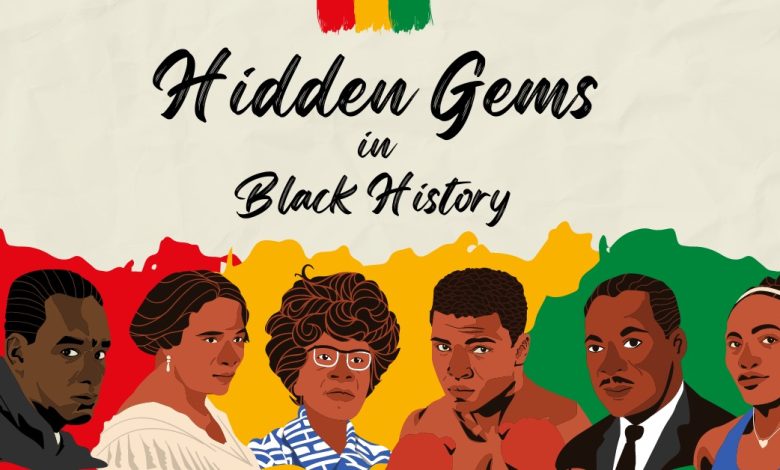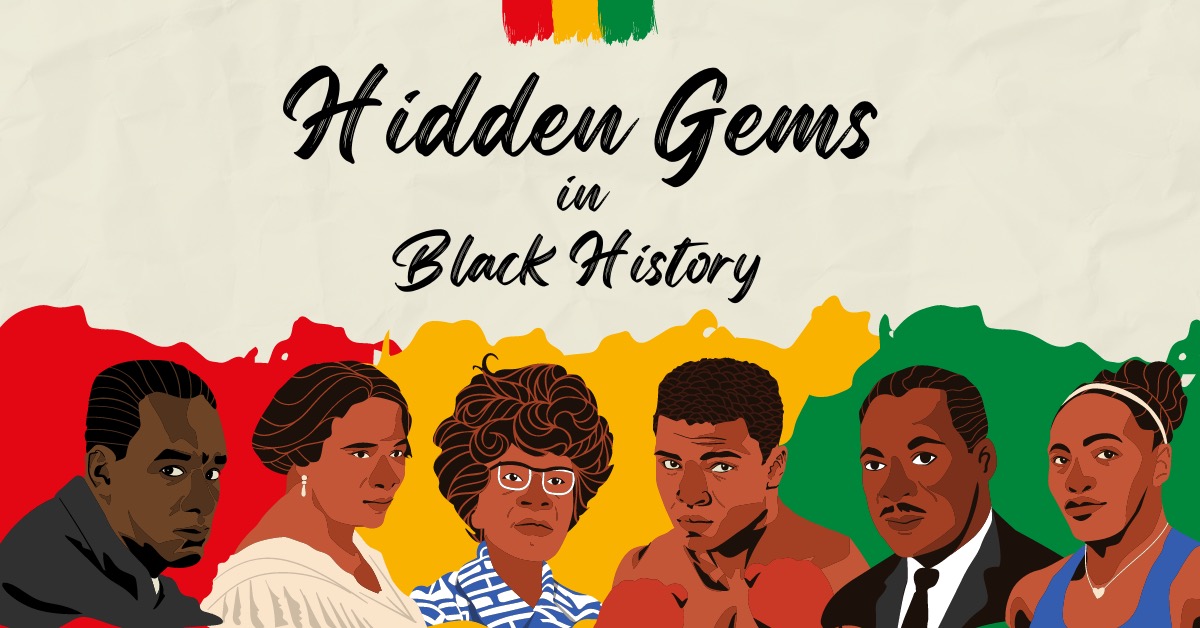First Medical Journal Discovered in Africa


The first medical journal was really discovered in Africa; nevertheless, it was titled after its founder, a white guy, giving the impression that it was authored by a white man even though it was actually found in Africa.
Edwin Smith & The Egyptian Dealer
An Egyptian merchant sold an old papyrus scroll to American Egyptologist Edwin Smith in 1862. Despite Smith’s inability to decipher it, he sensed its significance and valued it. After he passed away in 1906, his daughter sent the scroll to the New York Historical Society, but he held on to it. The significance of the Edwin Smith Papyrus, as it is now called, was first recognized.
Edwin Smith Papyrus
The world’s oldest surviving surgical textbook, the Edwin Smith Papyrus, is a medical manuscript. Although it was written in 1600 BCE, a close reading of the text shows that it is really a copy of a much earlier medical treatise that was probably written between 3000 and 2500 BCE. The 17th century BC scribe who transcribed the previous text into the Edwin Smith Papyrus made several mistakes, some of which he rectified in the margins.
For reasons we will never understand, he eventually set aside the manuscript and left it unfinished. The incomplete Edwin Smith Papyrus was significant because it provided the first evidence that the ancient Egyptians knew more about the human body and medicine than was previously believed. Specifically, it demonstrated that the Egyptians’ knowledge of severe injuries—a topic covered at length in the Edwin Smith Papyrus—was grounded on anatomical observation rather than in the use of magic or potions.
The Papyrus Contents
It is possible that the Edwin Smith Papyrus served as a surgical handbook for the military. It includes forty-eight examples involving trauma and wounds, including tumors, dislocations, fractures, wounds, and traumas. The cases are laid down in a style that is comparable to what contemporary doctors utilize nowadays. A thorough medical history and physical examination are the first steps in every case.
The physical examination includes taking the patient’s pulse, looking for signs of inflammation in the wounds, and observing the patient’s overall appearance, including the color of their eyes and face, the quality of their nasal secretions, the stiffness of their limbs and abdomen, and more. Doctors classify wounds and illnesses as either “an ailment which I will cure,” “an ailment with which I will struggle,” or “an ailment not to be treated” based on the assessment of the patient’s prognosis and the results of the examination. In conclusion, the available treatments are detailed, and they may include suturing and bandaging wounds, splinting fractured bones, using honey to prevent and cure infection, cutting off bleeding with raw meat, and demonstrating familiarity with antiseptic methods and medicines.
Along with the earliest known accounts of the brain’s exterior surface, meninges, cerebrospinal fluid, intracranial pulsations, and cranial sutures, the Edwin Smith Papyrus also includes these topics. It is in this language that the term “brain” first emerges. The Egyptians had a good understanding that paralysis and other neurological disorders might result from injury to certain regions of the brain. The paper further notes that motor and sensory abilities are impaired due to crushing injuries to the vertebrae, and it also notes that the side of the body impacted by a cranial injury is related to its location.
Egyptians Had Immaculate Knowledge
The papyrus testifies to the Egyptians’ flawless understanding of the human body. Although the physiological roles of the various organs are not entirely clarified, it detail the cardiovascular system, vascular system, liver, spleen, kidneys, hypothalamus, uterus, and bladder. Four millennia before to William Harvey’s discovery of circulation, it was known that blood moved through the body via the vessels; nevertheless, the reason behind this was unknown to them.
Herophilus, Erasistratus, and Hippocrates—ancient Greek physicians—contributed to our knowledge of the human body a thousand years later. But much more impressive than Hippocrates’s medical acumen are a few of the practices detailed in the papyrus. Unfortunately, the ancient Egyptians’ complete level of medical understanding will remain a mystery.
This is a part of our new series – “Hidden Gems in Black History,” where we highlight uncommon facts throughout Black history. Join us every day in Black History Month for interesting facts about Black people and places that you likely haven’t heard before!




